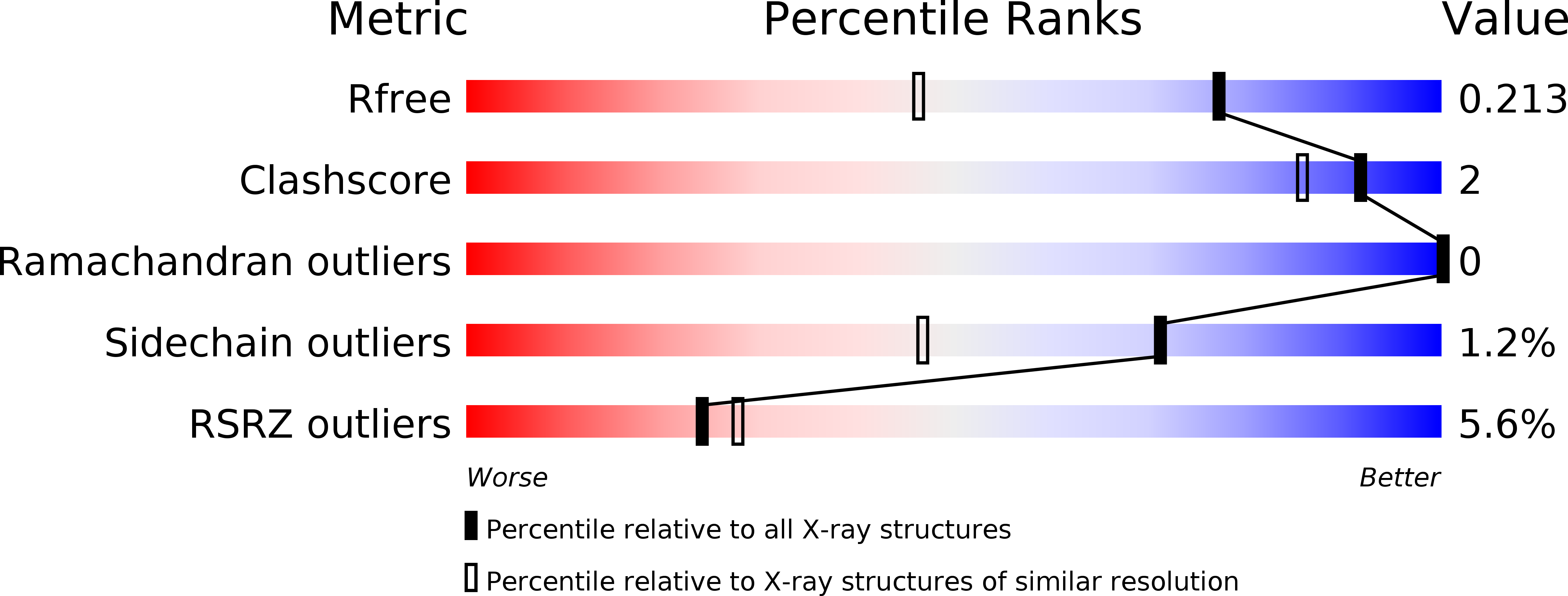
Deposition Date
2018-03-11
Release Date
2018-08-01
Last Version Date
2023-11-22
Method Details:
Experimental Method:
Resolution:
1.54 Å
R-Value Free:
0.21
R-Value Work:
0.19
R-Value Observed:
0.19
Space Group:
P 1 21 1


